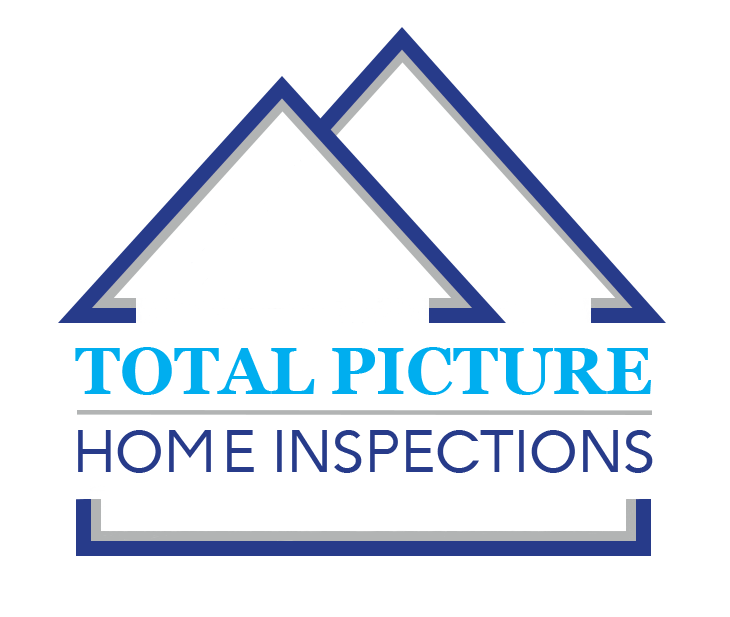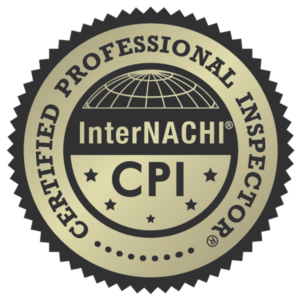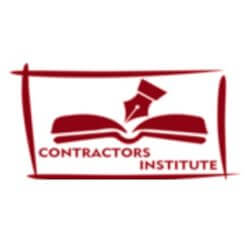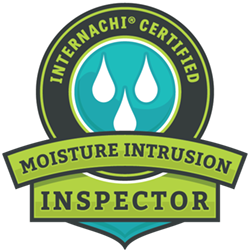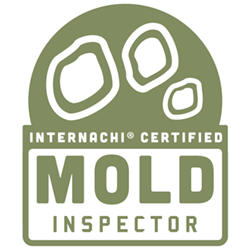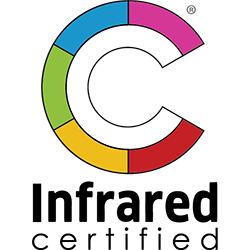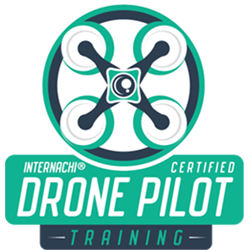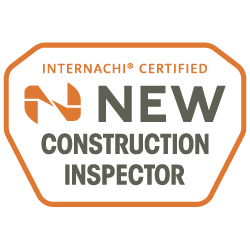There are many uses for technology in the home inspection industry to include drones, infrared scanners, moisture meters and laser thermometers. The two that are key to Total Picture Home Inspections are drones and thermal imaging inspections. We fly drones over rooftops, taking amazing high-quality video and pictures. We offer thermal scanning for assessing challenges with moisture intrusion, insufficient insulation, etc. Both are included in your home inspection in Northern Virginia.
Drone Inspections **
Many inspectors will defer an accessible roof to a roofer. We believe it is our responsibility to provide our opinion for the roof as it is one of the most important systems of a home. Furthermore, some roof tiles are just too fragile to walk on. Even a licensed roofer may break tiles. Other roofs are much too steep to traverse, a safety issue in itself. And how about the chimney? A total inspection examines the chimney cricket, flashings, the chase, chimney cap, flue and rain cap, many areas which are not available with a manual inspection.
Having Total Picture Home Inspections inspect your roof without walking on it, not only keeps damage at bay, but also keeps the roofer honest. No roof is too new to not have it inspected.
**The FAA imposes a No Fly zone for all drones, commercial or recreational, within a 15-statute mile radius of Washington Reagan National Airport. The restricted zone cuts across Fairfax County. Homes on the inside of this radius cannot have a drone participate in an inspection under any circumstances. There are also some restricted areas which extend from Dulles Airport. Thus for these areas all home inspectors are restricted to use ladders, binoculars, telescopes, zoom lens and other means appropriate to view roofs. Total Picture Home Inspections has several options available and will use the most appropriate option given the specific circumstances.
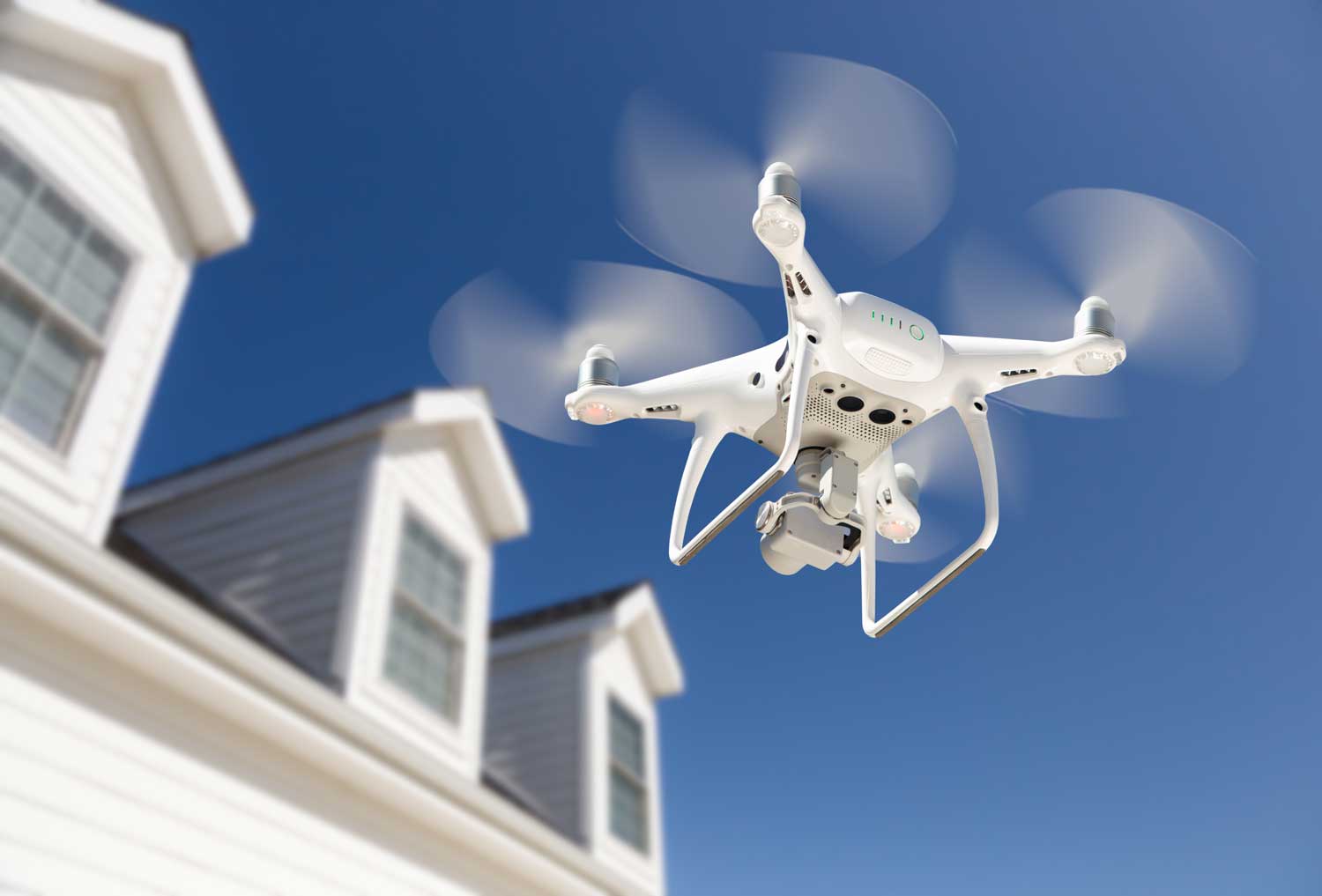
Thermal Imaging Inspections
Infrared (thermal imaging) is an advanced, non-invasive technology that allows the inspector to show homeowners things about their homes at can’t be revealed using conventional inspection methods.
We use infrared as a supplementary service which can allow for a more thorough home inspection. What infrared allows us to see are surface temperature differences throughout the home. It is not x-ray vision so we cannot see behind walls, but it is a great tool to help spotlight issues not visible to the naked eye. Our infrared cameras are used to detect possible hidden issues in the plumbing system, HVAC systems, and building thermal envelope.

Many realtors and home-owners are now availing themselves of thermal imaging to inspect homes up for purchase. Infrared imaging can reveal issues such as moisture, mold, structural cracks, and can help you determine the source of the problems within the home. One of the many reasons realtors use thermal imaging is because it is non-invasive, and you don’t have to take the house apart to figure out what is wrong.
In terms of energy loss, an IR camera can detect:
- Heat loss and air infiltration in walls, ceilings, floors, windows and doors;
- Damaged and/or malfunctioning radiant heating systems
- HVAC air movement deficiencies
- Broken seals in double-paned windows
In terms of detecting moisture intrusion, an IR camera can point out:
- Plumbing leaks
- Hidden roof leaks before they case serious damage
- Missing, damaged and/or wet insulation
- Water and moisture intrusion around penetrations around penetrations and ata the foundation and building envelope that could lead to structural damage and mold
